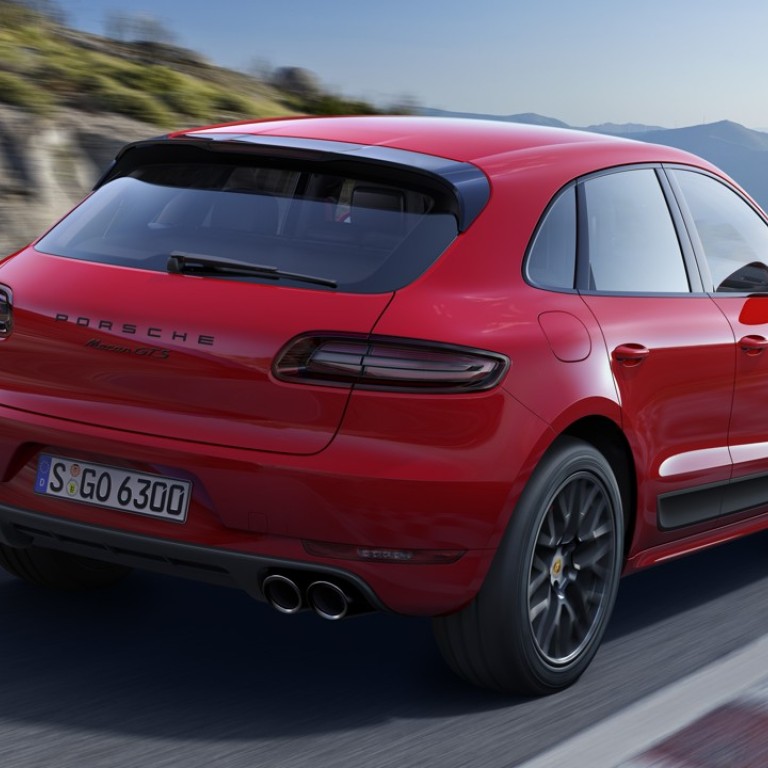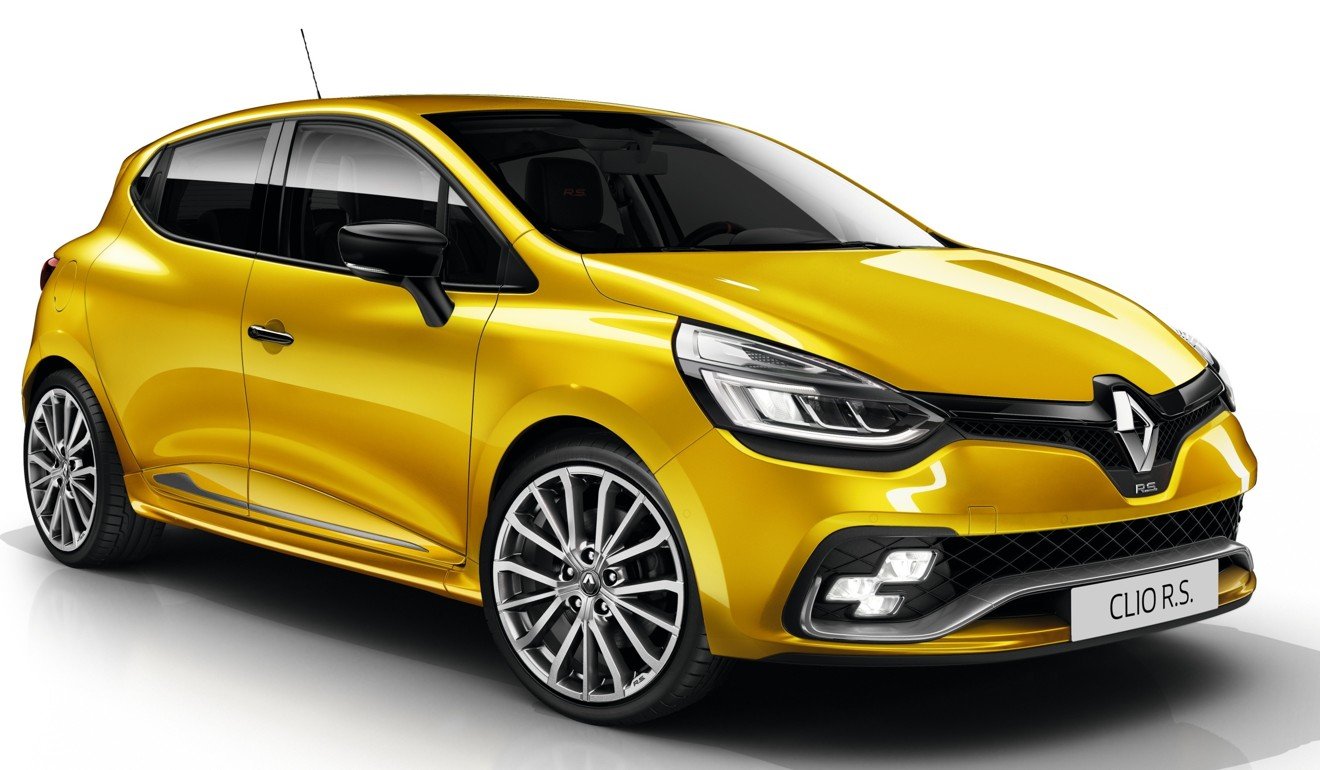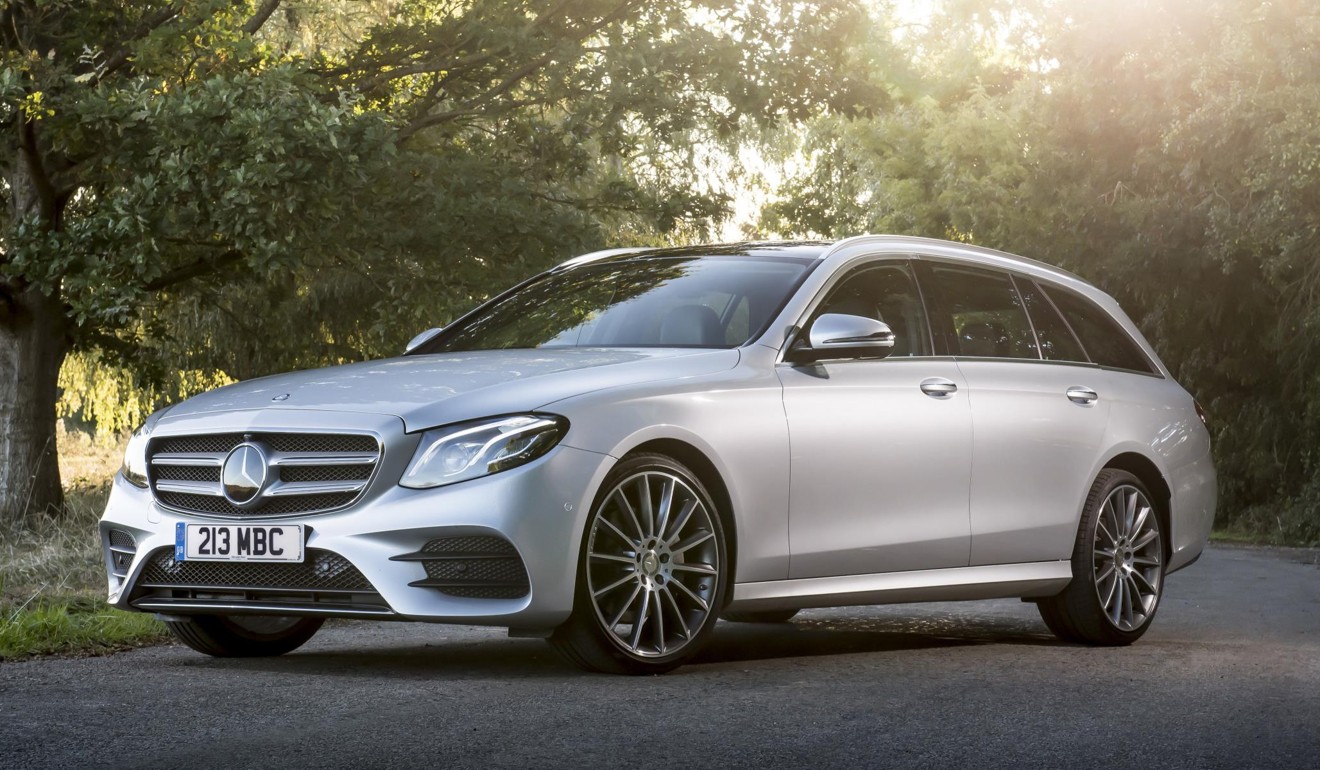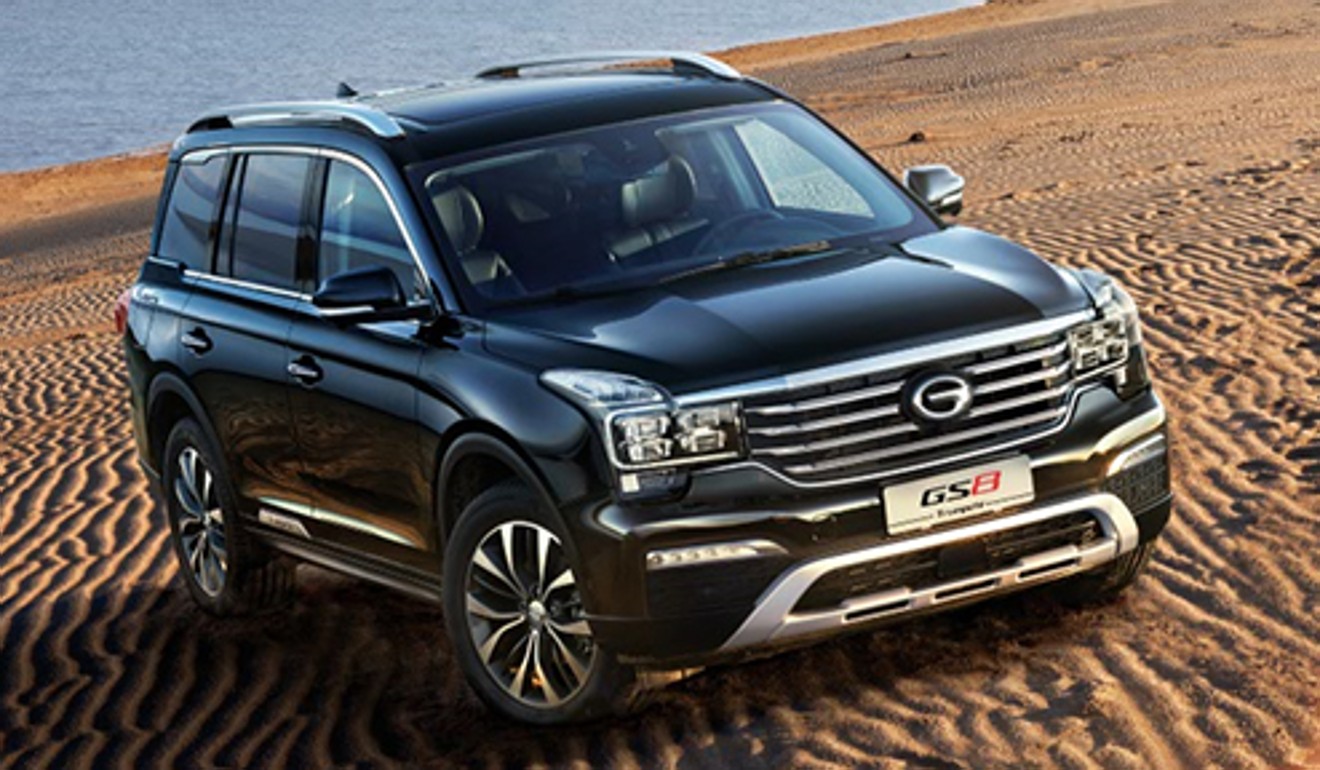
Porsche Macan revs Volkswagen Group’s profitability, as Clio and Xtrail lifts Renault Nissan Alliance
Porsche, Maserati and Jeep shine in increasing SUV competition as Nissan, Renault and Smart lead surge to electric vehicles
Halo cars used to rev at miles per hour. Now they whirr at earnings per share.
Several star models were highlighted in the marques’ half-yearly results last week and revealed where their makers make money.
The diverse Volkswagen Group on July 27, for example, announced its sales revenue for the first half of this year rose 7.3 per cent to €115.9 billion (US$137.42 billion). Operating profit increased to €8.9 billion from last year’s €7.5 billion, and operating return on sales grew to 7.7 per cent from 7 per cent.
Profit after tax was €6.6 billion and nearly doubled last year’s €3.6 billion, “which had been negatively affected by special items”.
However, Volkswagen car brand’s operating profit rose from €900 million to €1.8 billion in the period, thanks to the “positive impact” of volume-, mix- and margin-related factors, exchange rates and optimisation of costs. Audi’s operating profit of €2.7 billion was on par with the previous year.
Seat’s climbed by 40.9 per cent to €130 million and Bentley’s rose to €13 million from a loss of €22 million “due to exchange rate effects and lower expenses for the development of the model portfolio”, the group said.
Porsche’s operating profit improved from €1.8 billion to €2.1 billion “due to improvements in volumes and in the mix” and an “increase in demand for the Macan (main picture) and Panamera models”.
The group expects economic challenges, “intense competition”, exchange rate volatility and diesel issues, but expects sales revenues “to grow by more than 4 per cent year on year in 2017 and “an operating return on sales of between 6 and 7 per cent for the current fiscal year”.

On July 27, the Renault Nissan Alliance said the Renault, Nissan and Mitsubishi brands sold more than 5.27 million units in six months to June, a year-on-year increase of 7 per cent.
Renault sold 1.87 million cars, largely of the Clio, Sandero, Megane, Captur and Duster to generate “a 10.4 per cent rise in a market that grew 2.6 per cent”, the alliance says.
Nissan reported strong orders for the X-Trail/Rogue, Sentra/Sylphy, Qashqai and Altima/Teana among its 2,894,488 sales of cars and trucks worldwide for the first half of this year, a 5.6 per cent year-on-year increase.
Infiniti sold more than 125,000 vehicles, an increase of about 13 per cent on a year ago. Mitsubishi joined the alliance late last year and sold 494,303 vehicles, up 2.4 per cent, thanks to “solid demand for its [China-made] Outlander [sport utility vehicle] globally and Kei cars in Japan and SUVs in Asean”.

The alliance’s electric vehicle sales rose to 481,151 units, largely for the Nissan Leaf and the Renault Zoe, Europe’s best-selling electric vehicle, and Mitsubishi’s i-Miev. Electric vehicles are in – except in Hong Kong.
Fiat Chrysler Automobiles on July 27 reported “record second-quarter adjusted earnings before interest and tax (ebit) of €1.9 billion, up 15 per cent, “mainly driven by Maserati with all segments profitable”.
Margins were up 90 basis points to a record 6.7 per cent “with record NAFTA margin at 8.4 per cent and Maserati at 14.2 per cent”; adjusted net profit was up 52 per cent to €1.1 billion and net profit “more than tripled to €1.2 billion”, the group said.
The group shipped about “1,225,000 units” worldwide, “down 1 per cent”, and net revenues of €27.9 billion were “in line with the second quarter of 2016”.
The group’s adjusted net profit of €1,080 million was up 52 per cent, and net profit of €1,155 million, up 260 per cent, the group said. The group’s increases in shipments were primarily driven by the new Jeep Compass, Fiat Tipo family; the all-new Alfa Romeo Giulia and Stelvio; and the Maserati Levante.

On July 26, China’s GAC Group reported it was up 65 places to a record 238th on the Fortune Global 500 List 2017. It also said in June that its Guangzhou Automobile Group Motor subsidiary sold 43,360 cars, up 39.2 per cent year on year, and 250,878 units for the first half of 2017, a 57 per cent increase.
The group also flexed its “Belt and Road” export muscle when it presented the GS7 SUV in the US and the GS8 Trumpchi in Hong Kong and Nigeria, from which the marque plans “to radiate to West Africa and Africa as a whole”. On July 3, the GS8 earned a five-star rating under new testing by C-NCAP in Tianjin.

Daimler on July 26 reported “record” 822,500 vehicle sales for the first half of 2017, up 8 per cent, with a 7 per cent year-on-year increase in group revenue to €41.2 billion, thanks to the popularity of the new E-Class and the sport utility vehicle models.
Sales were up 6 per cent in Europe and up 28 per cent in China including Hong Kong, the group added. The group’s second-quarter ebit was €3,746 million, 15 per cent higher than a year earlier, and the period’s profit “improved slightly” to €2,507 million from €2,452 million. Net profit attributable to Daimler shareholders was €2,439 million compared with €2,429 million, and equivalent to €2.28 earnings per share, up year on year from €2.27.
Worldwide demand for cars could “increase by 1 to 2 per cent in 2017”, but “only slight growth is expected for the Chinese car market, after tax incentives for cars with small engines were reduced this year”, Daimler says. Second-half sales could rise with the July modernisation of the S-Class and the September launches of the E-Class Cabriolet and GLC 63 4MATIC+ and GLC 63 S 4MATIC+, the group says, adding: “Further sales impetus” is expected from Smart’s electric vehicles.

